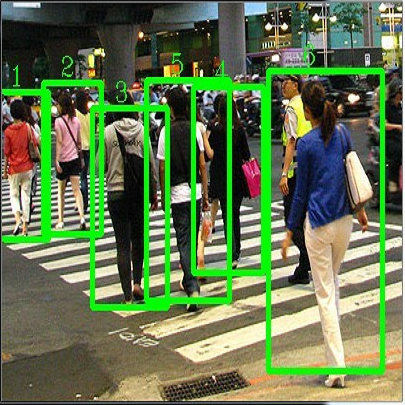Existing rotated object detectors are mostly inherited from the horizontal detection paradigm, as the latter has evolved into a well-developed area. However, these detectors are difficult to perform prominently in high-precision detection due to the limitation of current regression loss design, especially for objects with large aspect ratios. Taking the perspective that horizontal detection is a special case for rotated object detection, in this paper, we are motivated to change the design of rotation regression loss from induction paradigm to deduction methodology, in terms of the relation between rotation and horizontal detection. We show that one essential challenge is how to modulate the coupled parameters in the rotation regression loss, as such the estimated parameters can influence to each other during the dynamic joint optimization, in an adaptive and synergetic way. Specifically, we first convert the rotated bounding box into a 2-D Gaussian distribution, and then calculate the Kullback-Leibler Divergence (KLD) between the Gaussian distributions as the regression loss. By analyzing the gradient of each parameter, we show that KLD (and its derivatives) can dynamically adjust the parameter gradients according to the characteristics of the object. It will adjust the importance (gradient weight) of the angle parameter according to the aspect ratio. This mechanism can be vital for high-precision detection as a slight angle error would cause a serious accuracy drop for large aspect ratios objects. More importantly, we have proved that KLD is scale invariant. We further show that the KLD loss can be degenerated into the popular $l_{n}$-norm loss for horizontal detection. Experimental results on seven datasets using different detectors show its consistent superiority, and codes are available at https://github.com/yangxue0827/RotationDetection.
翻译:现有的旋转天体探测器大多是从水平探测范式继承下来的, 因为后者已经演变成一个发达的区域。 但是, 这些探测器很难在高精度探测中显眼, 因为当前回归损失设计的限制, 特别是对于具有大宽度比率的物体来说。 从水平探测是旋转天体探测的一个特殊例子的观点来看, 在本文件中, 我们的动机是将旋转回归损失的设计从旋转的范式改变为扣减方法, 从旋转和水平探测之间的关系来看。 我们显示一个基本的挑战是如何调整旋转回归损失中的各种参数, 因为这些估计参数在动态联合优化期间会影响彼此。 具体地说, 我们首先将旋转的括号框转换为2- DGaussian 分布为旋转天体, 然后将 库尔贝克- Leeperer Dvergence (KLD) 设计为回归损失损失。 通过分析每个参数的梯度, 我们显示 KLD( 及其衍生物) 可以动态调整参数梯度的梯度梯度梯度梯度, 以动态联合优化联合优化的速优化联合优化 优化 。 将更精确度 标度 的标度 将显示我们的测测测测值 的底值 的精度 的精度 的精度 的精度 的精度 度 度 度 度 值 值 值 度 值 值 值 值 值 值 值 值 值 值 值 值 值 值 值 值 值 值 值 值 值 值 值 值 值 值 值 值 值 值 值 值 值 值 值 值 值 值 值 值 值 值 值 将 将 将 向 向 向 向 向 向 向 向 向 向 向 向 向 向 向 向 向 向 向 向 向 向 向 向 向 向 向 向 向 向 向 向 向 向 向 向 向 向 向 向 方向 向 向 向 向 向 向 向 向 向 向 向 向 向 向 方向 方向 向 方向 方向




